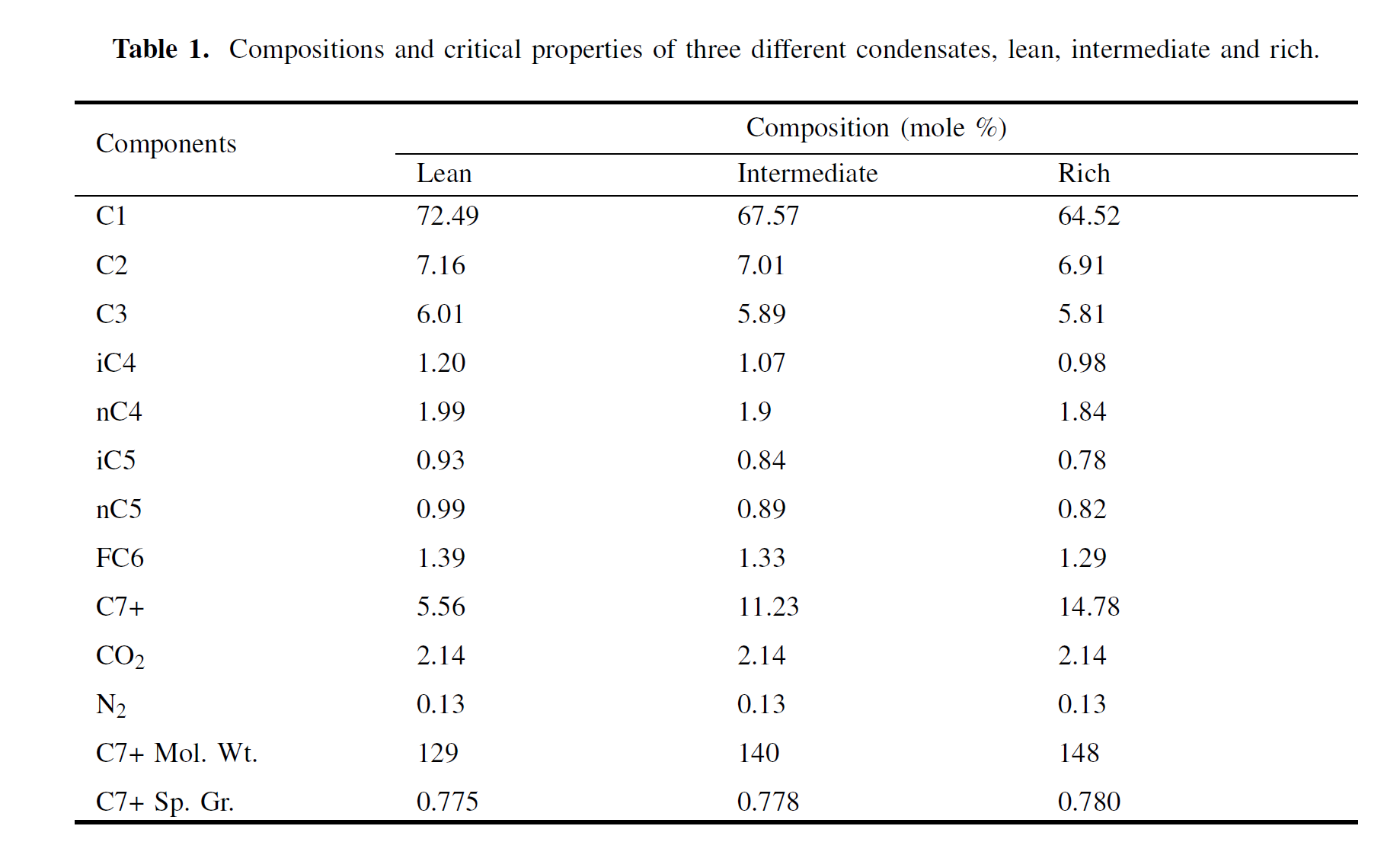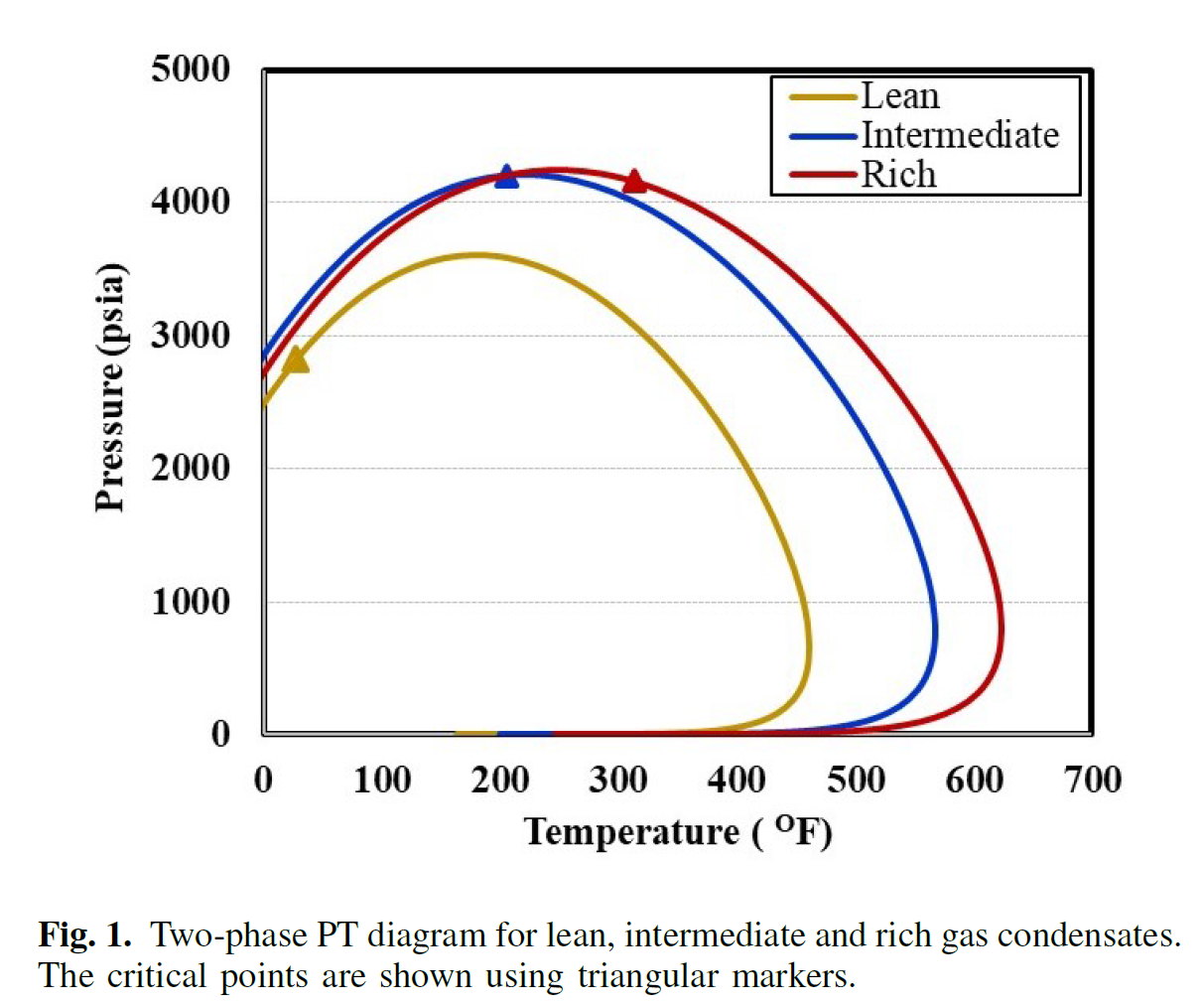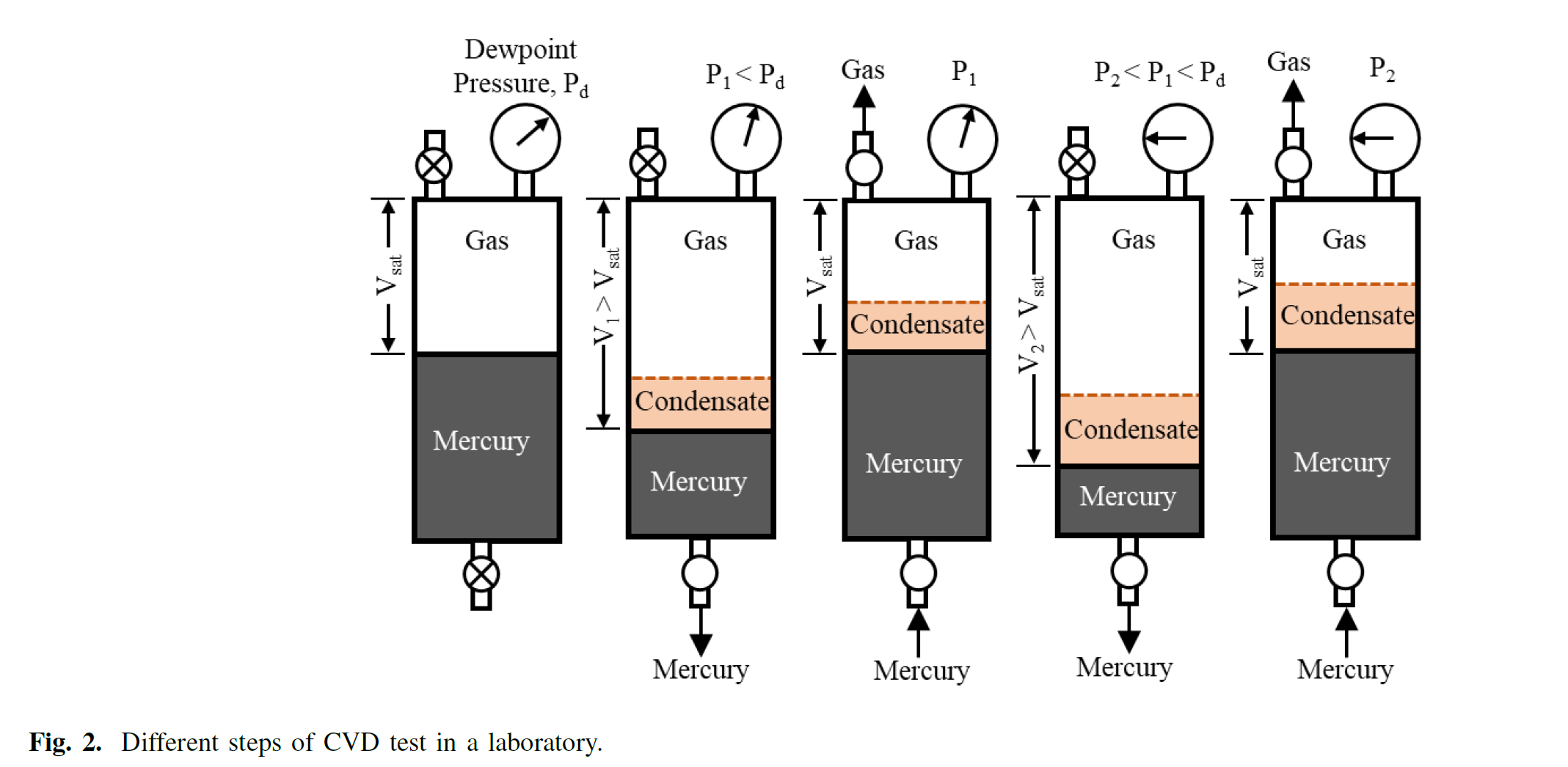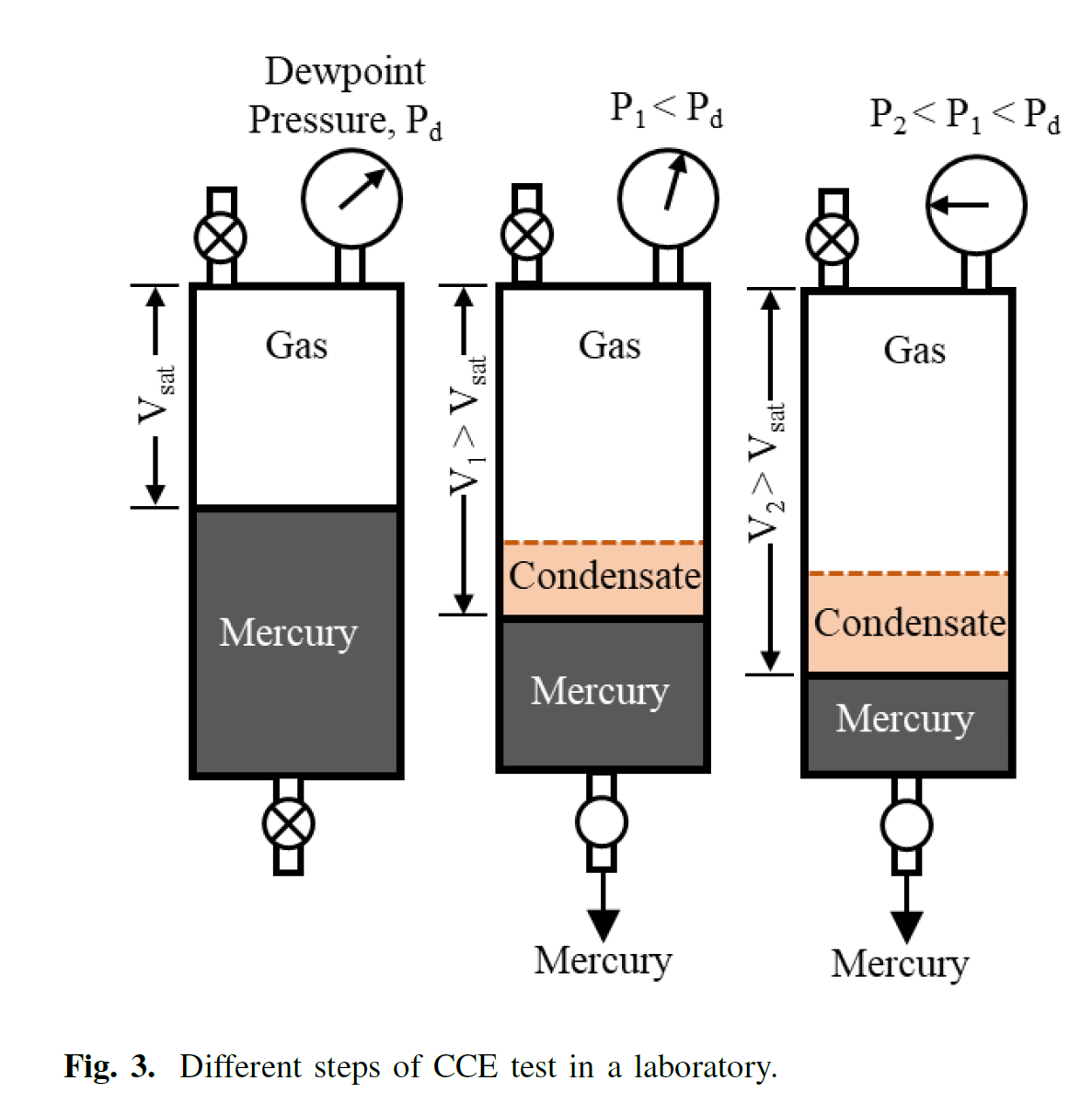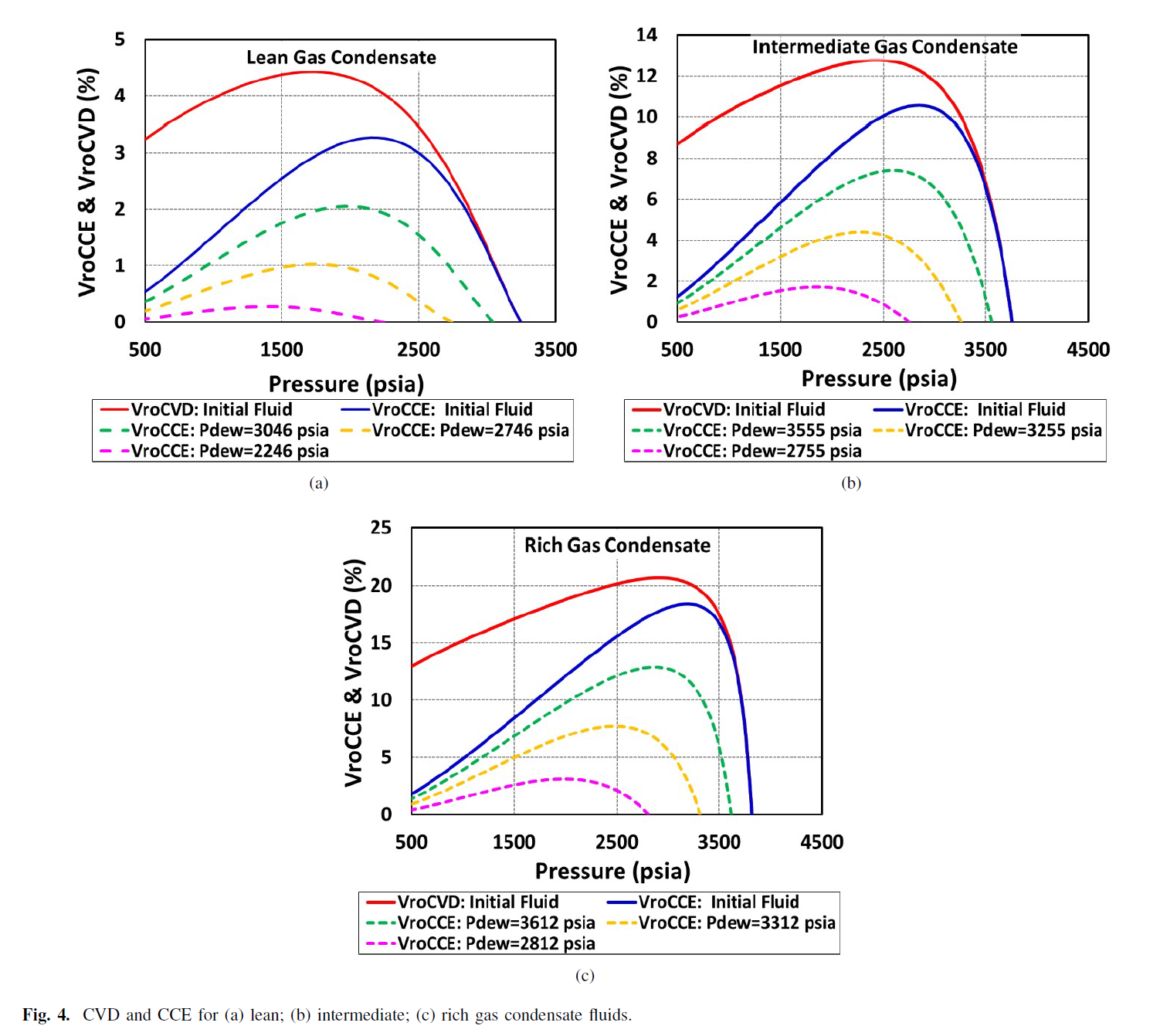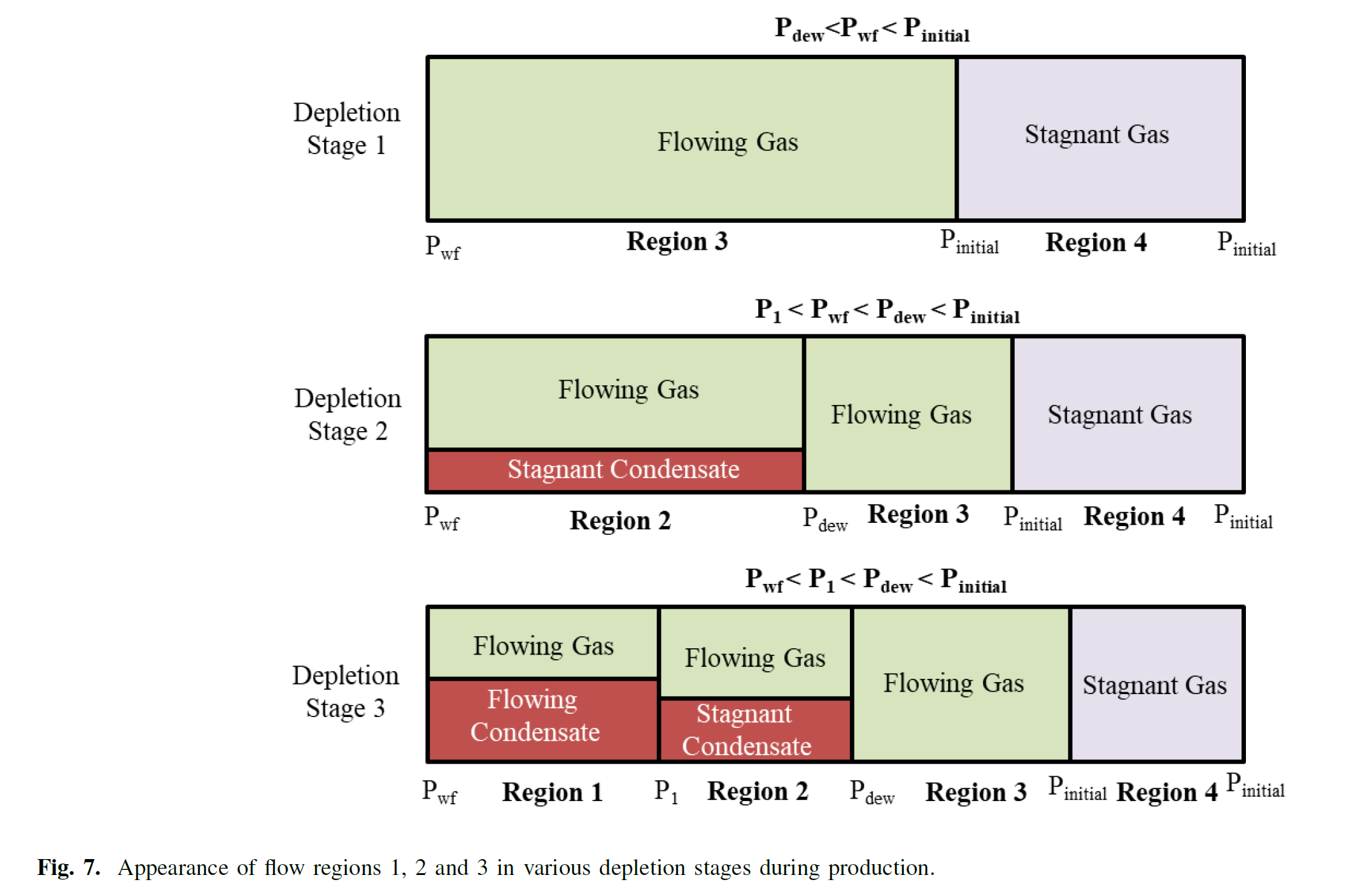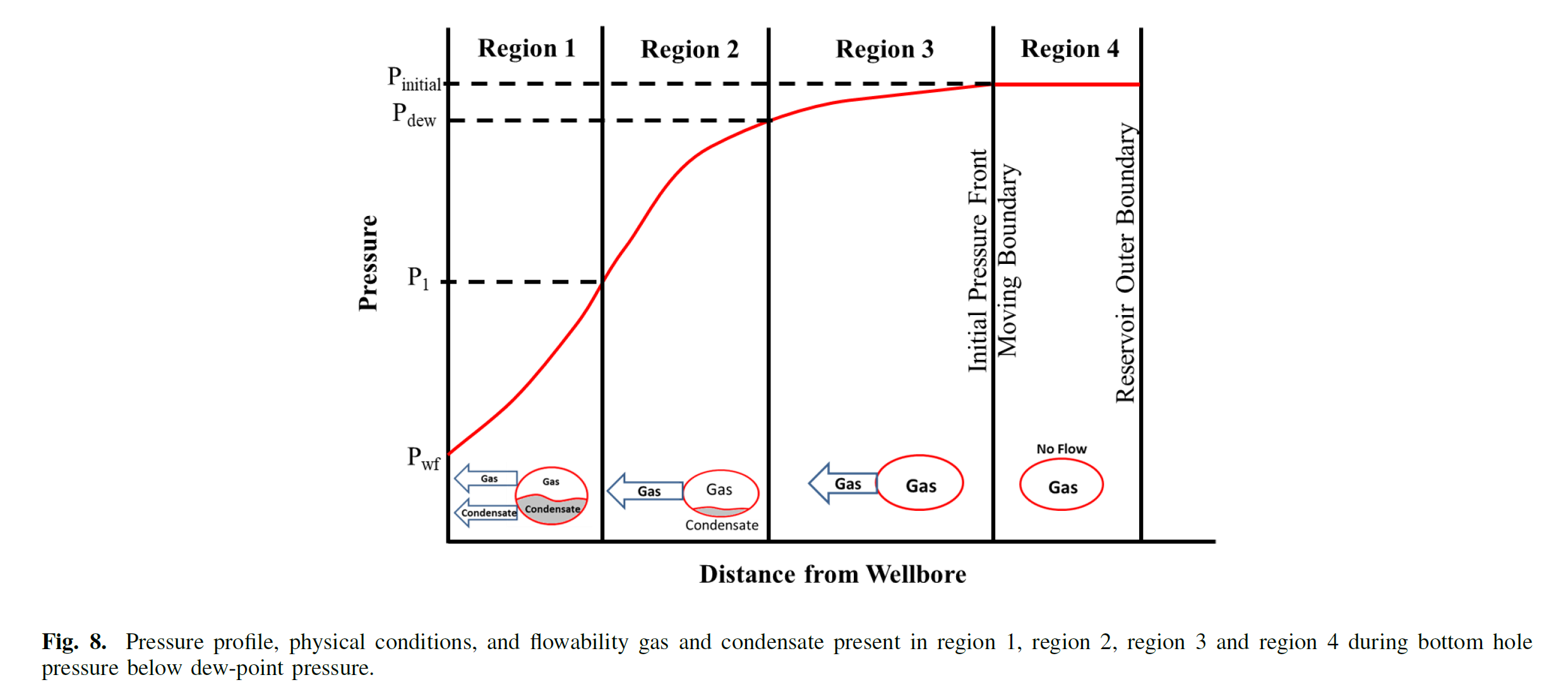Understanding and modeling of gas-condensate flow in porous media
Abstract:
Well deliverability impairment due to liquid dropout inside gas-condensate reservoirs below dew-point pressure is a common production problem. The operating conditions and the thermodynamic properties of the condensate govern the production performance of this type of reservoir. Modeling condensate production using analytical, semi-analytical or empirical formula for quick assessment of reservoir performance is a complicated method due to the complex thermodynamic behavior. The objective of this study is to provide a fundamental understanding of the flow and thermodynamics of gas-condensate fluid to develop tools for the production prediction. The prior developments of flow modeling of gas-condensate are briefly reviewed. The multi-phase flow and the depletion stages during production are discussed. Each component of pseudo-pressure calculations to determine the condensate flow rate is explained. Thermodynamic properties and laboratory experiment relevant to the flow of condensate are also explored. Pressure-volume-temperature properties such as two-phase envelope, constant composition expansion and constant volume depletion are demonstrated for three different gas-condensate fluids namely lean, intermediate and rich. This article is also useful for future developments of the production model for a gas condensate under various operational and completion scenarios such as horizontal wells and hydraulic fractures in tight formations.
